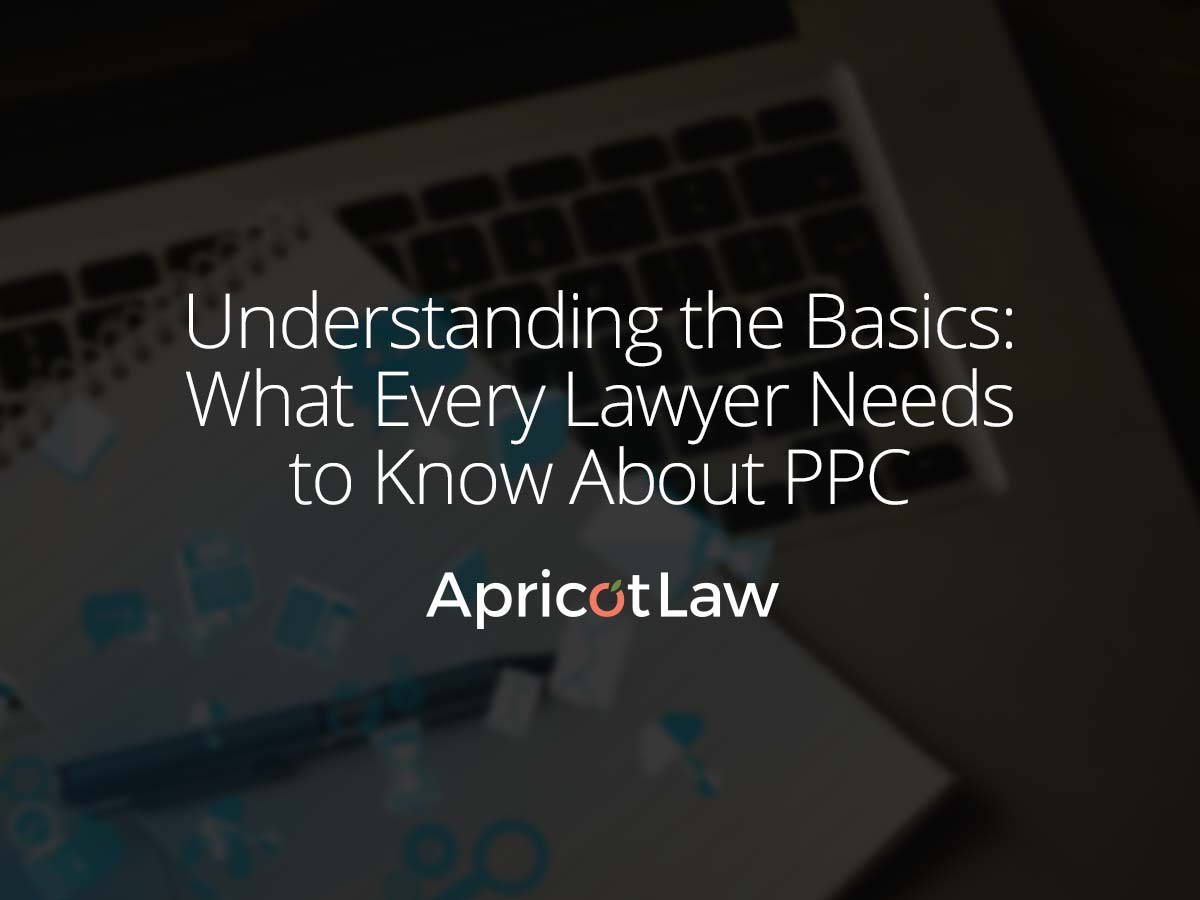A well-designed website helps lawyers and law firms establish a strong online presence. Your website serves as a virtual storefront. It offers clients their first impression of your practice.
To make that impression count, put key website design elements in place for the industry. This guide will delve into these elements. It will also discuss how these elements add to the professionalism of your website.
Clear and Professional Branding
A law firm’s website must convey professionalism and trust. Key design elements like logo, color palette, and typography are crucial.
Well-Designed Logo
The logo is the cornerstone of a law firm’s branding. It should encapsulate the firm’s identity and areas of expertise. A strong logo is simple yet memorable, fostering instant recognition. It should be versatile enough to work across various media platforms.
Law firms often opt for logos that combine symbols of justice with modern design. This blend conveys respect for legal history while demonstrating a forward-thinking approach.
Professional Color Scheme
Color influences perception. For lawyers, choosing the right color palette is integral to establishing trust. Deep blues suggest stability and wisdom. Grays evoke neutrality and professionalism. Greens can represent growth and prosperity.
These colors should dominate the website’s design. This will create a cohesive visual experience for visitors. Highlight important information or calls to action with accents in more vibrant colors. Research supports the impact of color on user engagement. Websites with considered color schemes see longer visit durations.
Consistent Typography
Typography is another key aspect of professional branding. The right fonts enhance readability and create an orderly appearance. Consistency in font use helps build brand recognition.
Sans-serif fonts, such as Helvetica, are more modern than serif fonts, such as Times New Roman. Law firms should choose fonts that reflect their brand personality without sacrificing functionality.
Accessible Navigation
Accessible navigation is pivotal for lawyer websites. It streamlines access to information and services.
- Menu Structure
Organizing content into clear menus is crucial. It guides visitors through your website with ease. Think of the menu as a map. It must be straightforward, allowing users to navigate without confusion. A well-structured menu reflects a law firm’s logical thinking, an attribute clients appreciate.
Menus should categorize services by practice area. This makes it simple for users to identify the legal help they need. Sub-menus can detail specific services within each category. This may include ‘Family Law’ expanding into ‘Divorce,’ ‘Child Custody,’ and ‘Adoption.’
- Search Functionality
A search bar is an indispensable tool. It facilitates immediate content retrieval on complex sites. Users expect instant answers in today’s fast-paced world. Implementing robust search functionality aids in finding precise topics or services. For example, typing “intellectual property rights” should lead to relevant legal counsel.
- Contact Information
Accessible contact details are a must-have feature. They should be omnipresent on your site. Every page must have visible contact information to encourage inquiries and consultations. Contact details include phone numbers, email addresses, and physical office locations. Live chat options also provide real-time communication. This option can be critical for urgent legal matters.
Engaging Content and Detailed Practice Areas
Compelling and informative content is a vital component of any lawyer’s website. It showcases your legal expertise and helps engage and educate your audience. Here are key considerations for creating engaging content:
Lawyers must showcase their expertise through comprehensive descriptions of their practice areas. This includes outlining the legal services they provide.
Incorporating case studies and success stories into these descriptions can enhance credibility. Clients gain insights into a lawyer’s capabilities by reading about past victories.
Maintain Legal Blog
An updated blog is crucial for demonstrating ongoing engagement with the legal field. It should feature articles on various topics, such as current trends. It could also include analysis of recent case law or explanations of complex issues. This platform highlights a lawyer’s knowledge and helps in improving search engine rankings. Thought leadership keeps visitors returning for insightful updates, thereby increasing the website’s value.
Showcase Testimonials
Client testimonials are powerful tools for establishing trust with prospective clients. They serve as social proof that a lawyer has provided valuable service to others. Displaying reviews from clients can influence new visitors’ decisions. Ensure these testimonials are easy for users to find after navigating the site.
Mobile Responsiveness
A lawyer’s website must be responsive and work across all devices. This is crucial for user experience and accessibility.
- Seamless Multi-Device Experience
Law firms must focus on mobile responsiveness. Clients use smartphones and tablets to access legal information. A site that adapts to various screen sizes is vital. It ensures users have a consistent experience, regardless of the device used.
Responsive design involves flexible layouts, images, and cascading style sheets (CSS). These elements allow the site to detect the user’s screen size and orientation. The layout then changes.
- Enhanced User Accessibility
Mobile responsiveness also improves accessibility for clients with disabilities. Features like readable fonts and accessible navigation are essential. They make sure all clients can interact with your services.
Statistics show that mobile usage is overtaking desktop browsing globally. Responsive websites cater to this shift in user behavior. They provide an inclusive environment for everyone seeking legal help.
- Improved Search Engine Rankings
Google prioritizes accessible websites in its search results. This means a responsive design can help lawyers rank higher in searches. Higher rankings increase visibility among clients searching for legal services online. Websites optimized for mobile also load faster. Page speed is another factor that influences search engine rankings.
- Competitive Advantage
A responsive website offers a competitive edge in today’s digital landscape. Prospective clients often compare law firms online before making a decision. A responsive site conveys professionalism and attention to client needs. Case studies show that firms with mobile-responsive designs see increased visitor engagement rates. This translates into more inquiries and more cases handled by the firm.
- Client Trust and Retention
Clients expect convenience when seeking legal advice online. A responsive website meets these expectations by providing easy navigation on any device. Trust increases when clients can access information or contact attorneys without hassle.
Secure and Compliant Design
Client data privacy and security are paramount. Focus on a secure and compliant website design:
1. Privacy and Security: Put security measures in place to protect sensitive client information. Use SSL certificates to encrypt data transmission. Also, update your website’s security software to guard against cyber threats.
2. ADA Compliance: Ensure accessibility by following the Americans with Disabilities Act (ADA) guidelines. This includes providing alternative text, ensuring keyboard navigation, and using accessible fonts.
3. Disclaimer and Legal Notices: Include necessary legal disclaimers and notices on your website. This may involve attorney-client privilege disclosures and terms of service.
Call-to-Action (CTA) Elements
Creating a website for legal services requires CTAs to guide clients. These elements should be intuitive and provide clear paths to action.
1. Contact Forms: Place contact forms throughout your website. Do so especially on pages describing your practice areas or attorney profiles. Encourage visitors to get in touch for consultations or inquiries.
2. Free Consultation Offers: Feature a CTA offering a free consultation or initial assessment. This can be a powerful incentive for clients to take the first step toward hiring your services.
3. Newsletter Signup: Offer a newsletter signup option to build a mailing list. Regular newsletters help you stay in touch with clients and provide valuable insights.
Get In Touch with ApricotLaw
Think about partnering with a web design law firm like ApricotLaw. We can help create a website that incorporates these key design elements. We ensure they look professional and rank well in search engines. This will drive more qualified leads to your practice. Contact us today to enhance your website’s effectiveness in attracting and converting clients.
FAQs
How can branding benefit my law firm’s website?
Branding helps convey your law firm’s identity, expertise, and professionalism to visitors. It creates a memorable impression and sets the tone for the user experience.
Why is mobile responsiveness important for a lawyer’s website?
Mobile responsiveness ensures your website is accessible on various devices. It improves the user experience and can impact your search engine rankings.
What type of content should I include on my law firm’s website?
Your website should include information about your practice areas, attorney profiles, and testimonials. Blog posts about relevant legal topics and contact information is also essential.
This content helps inform and engage visitors.
How can I ensure my website is secure and compliant with legal regulations?
By using SSL certificates, keeping software up to date, and following best practices. To achieve ADA compliance, adhere to accessibility guidelines and include necessary legal disclaimers.
Why are CTAs important for a lawyer’s website?
CTAs guide visitors toward specific actions. This may include contacting your firm for consultations or signing up for newsletters. They are essential for converting website visitors into clients.




